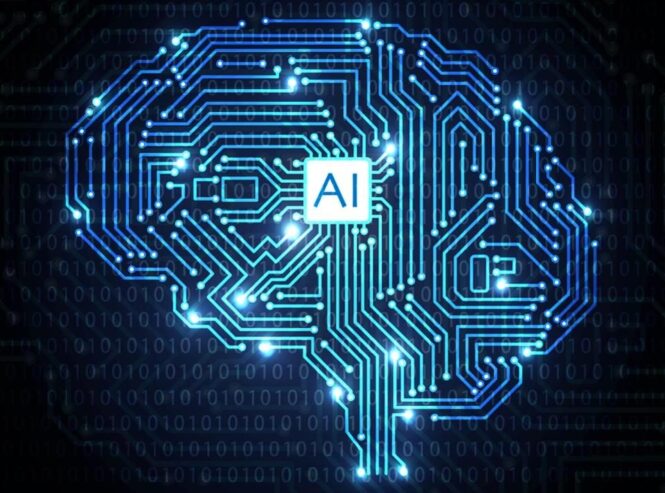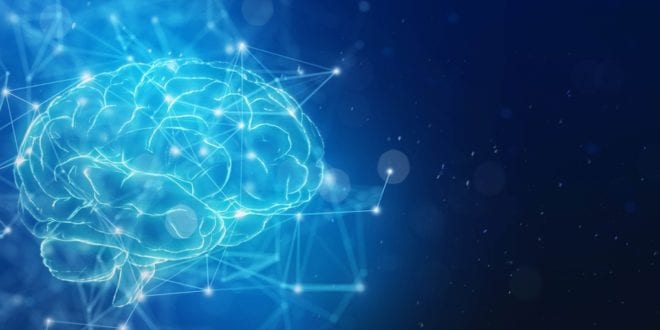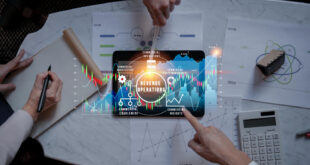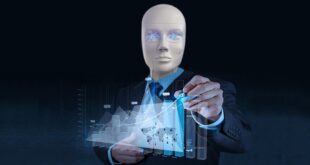Not to sound like a bio-terrorist, but flues come and go, plagues come and go, but one aspect of technology came to life and seems to be more constant than the rising and setting of the sun. It is artificial intelligence (AI).
The interdisciplinary science has a dedication and commitment to building smart machines with the capabilities of executing tasks only understandable through a human thought process. The AI aspects are getting more recognition through their application in robotics.
An example of the AI-powered robot is the robotic coffee barista that has the intelligence of initiating a conversation with human customers and then serving them coffee as per their preference.
See by this link if you still need to quench your coffee thirst or give a robotic approval verdict. The article takes a look at the AI implications and its quest to virtually transform our world.
The techno-vision of Allan Turing, a British technological enthusiast of the 1950s, led to the publishing of his Computing Machinery and Intelligence Article. The interpretation of the MIND journal came out as a science fiction fantasy to the general public.
Turing rhetorically questioned whether machines should have involvement with thinking activities that were more complex if left in the hands of humans. Turing saw the eventful thought as a possibility.
He moreover had faith in the fact that creating software for digital computing was a possibility that would enable the digital computer to observe and learn from its environment. It entailed understanding and learning Chess and also the capability of speaking the human language.

Turing further proposed that the machines could achieve such mileages without human guidance but by their computerized intuitiveness. He predicted the competition between man and machine on purely rational grounds.
On a countdown that is now 70 years old, the seemed-outlandish vision of Turing is on our doorsteps if not already merged with our daily routines. Through AI, machines can now learn from experience and have an involvement in cognitive tasks only thought to be human-centered.
AI is the new wave of civilization. Autonomous vehicles underway will have their robotized navigation routines without human input, and the hurricane forecasts will get a more accurate prediction. AI now learns a user’s everyday internet experience and figures out which ads to show you.
Friendly chatbots now exist on e-commerce sites and provide customer service through answering user questions. Smart home devices with voice activation act as AI-powered personal assistants and involve themselves in myriad tasks like finding your favorite song, answering trivia questions, and controlling doorbells and TVs.
McKinsey Global Institute Forecast proves that AI is just flexing its muscles, and we are yet to witness its full capabilities. Its sophistication and skills are continuously growing. Moreover, the world’s economy is on a predictive scale of harvesting an estimated $13 trillion by 2030 due to additional activities resulting from AI.
Sarah Gates acknowledges the infancy stage of AI and how its accelerated adoption will give it an applicability advantage across all industries. Her SAS platform assists clients in turning data into intelligence.
How AI Works

Intelligence primarily exists in two categories, the narrow intelligence, and the general intelligence as Vasant Honavar puts it. Narrow intelligence is the achievement of competence in a narrow-defined domain.
An example is X-rays, and MRI scans image analysis under radiology. General intelligence is quite the contrast as it is the descriptive human-like ability to learn from an environment and make a conversation out of it.
A machine can thus give expert diagnostics relating to radiology, but when you bring up baseball as a topic, clueless will be its expression. Therefore the intellectual diversity humans posses is still a sci-fi dream in the world of AI.
Honavar points out two vital components of AI as engineering and science of intelligence. Engineering entails building intellectually useful tools. The science of intelligence is a measure of how a machine can comparatively compute results through a thought process similar to a human brain but from a different approach.
It is like the flight analogy between a bird and an airplane. They both fly but utilize different techniques. This notion is what draws the line between artificial intelligence and human intelligence.
Most AI applications associate with extensive data. The working of AI enables them to fuse such extensive data with intelligent algorithms. The AI software thus learns from the data features and patterns. AI simulates the way the human brain works through the use of different subfields as follows:
- Machine Learning: An automation of analytical model built to retrieve hidden data insights without a programmable input or assistance. That can find a specific data pattern or conclude on the same.
- Neural Networks: Mimics the interconnected neurons of a brain’s array. Transmits information from various units and uses those data info to find hidden connections or derive useful meaning.
- Deep Learning: Makes the use of large neural networks and computing power to retrieve intricate data patterns. They thus benefit speech recognition and imaging applications.
- Cognitive Computing: The creation of a human-like interaction in a natural way to interpret and respond to speech.
- Computer Vision: Through deep learning and pattern recognition, a machine will be able to understand videos’ and pictures’ content and make sense of surrounding in real-time.
- Natural Language Processing: It is the analysis and comprehension of the human language and the ability to respond to it.
AI and Robotics
AI and robotics are two sides of a coin, yet AI has a relationship with robotics. AI is the intelligence factor in robotics. Through it, the robots can sense their environment, calculate and perform unsupervised physical tasks like cooking, working in factories, to landing on other planets. The intersection between these two fields continues to grow.
The integral aspect of robotic intelligence is in the successful navigation of autonomous vehicles in an environment full of pedestrians and human-driven automobiles. Thus the achievement of general intelligence requires the candidature and input of robotics.
The ubiquity nature of AI is giving it a platform in numerous consumer products. AI in machine learning will comfortably blend with recommendation systems, home electronics, anti-lock brake systems, modern CCTV cameras, and electric vehicles.
The AI is already outperforming humans in several fields the same way an airplane can outperform a bird through carrying more passengers and covering longer mileages. Its processing power can do network analysis on millions of social media interactions and provide gainful insights relating to users’ behaviors. AI experts, however, worry that this skillset might be a remedy for user manipulation.
Given massive amounts of info, an AI will make logical sense out of it, unlike a human brain. Thus internet companies can easily make sense of user collected data in a short period. They can then generate insights that will be effective in influencing users’ behaviors.
AI, however, still lags in terms of replicating human creativity. The closest of its effort to creativity is its use in writing news articles and composing music, given a piece of data on election returns and financial reports.
Economic Transformation Through AI

Since an AI can accomplish most tasks without the input of humans, the fear of replacing our paychecks is an understandable human nature. Some experts, however, differ with the sentiments and acknowledge that combining AI with robotics will be an opportunity for the creation of more jobs for tech-savvy individuals.
It is all about adaptability. The human workers will have more opportunities to enhance their intellectual know-hows by interacting with AIs.
With the 2030s prediction of the AIs reaching the same level of intelligence as humans, the future humans are sure to have boosted memories if not turned into human-machine hybrids by AI-powered microbots. The AI is the wildcard we need to expand both our minds the universe we seemingly assume control over.
 Imagup General Magazine 2024
Imagup General Magazine 2024



